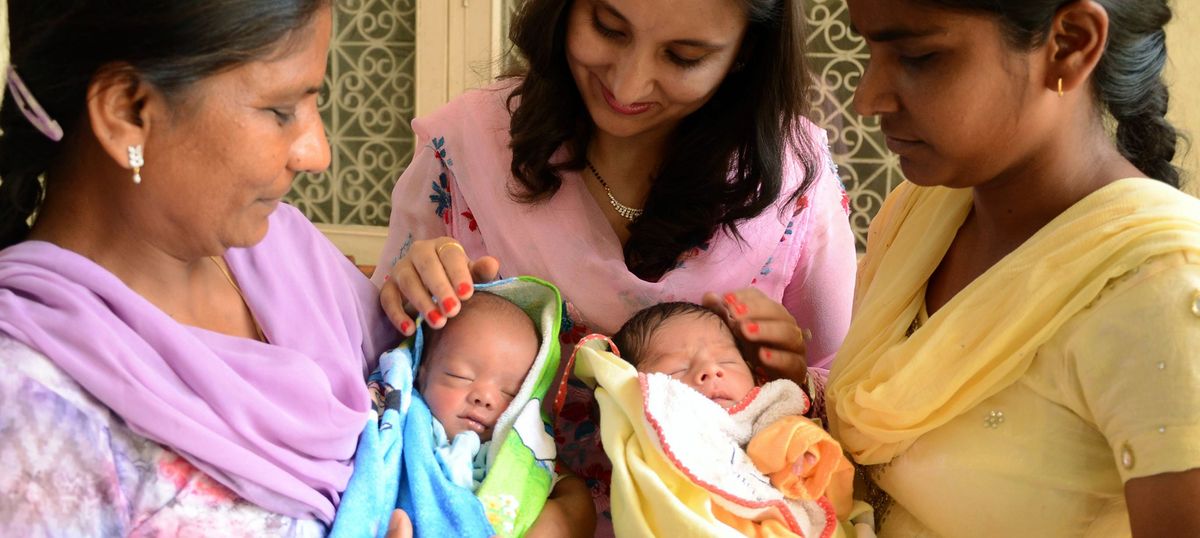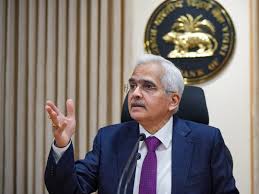- Price changes and inflation patterns in recent markets highlight the need for targeted policy interventions and a thorough understanding of agricultural supply chains.
The Meaning of Vegetable Triumvirate (Trio):
- Tomato, onion, and potato (TOP) are more than simply statistical entities; they are vital components in Indian cuisine, serving as the foundation of numerous meals.
- These veggies are more than just a component of the CPI basket; they symbolise cultural and nutritional choices profoundly established in Indian culinary traditions.
Volatility and its role in shaping Inflation trends by TOP vegetables:
- Vegetable prices in India increased by almost 15% year on year, suggesting high inflation in this area.
- Vegetable prices were very volatile, with a sudden 0.7% reduction in June followed by a significant spike of 37.4% in July.
- Vegetables make up just 6% of the whole CPI basket, yet they account for around 30% of inflation in February/March 2024.
- For example, despite having a weight of only 0.6% in the CPI basket, tomato prices increased by 202% in July 2023, accounting for 18.1% of overall headline inflation.
- Vegetables contributed 31.9% to headline inflation, with TOP (tomato, onion, and potato) accounting for 17.2%, demonstrating their significant influence on inflation patterns.
Navigating Culinary and Economic Reality (Challenges):
- Policy Challenges: The volatility of TOP prices highlights the need for effective policy initiatives, including as agricultural value chain reforms and enhanced storage facilities, to stabilise prices and assist farmers.
- Farmers’ Plight: Farmers, who are frequently net buyers of these products, bear the brunt of price swings, necessitating policies such as Minimum Support Prices to secure their livelihoods.
- Government Response: Despite farmer protests and demands, official responses have been uneven, depending on short-term measures such as export prohibitions rather than addressing fundamental structural challenges in agriculture.
Source: https://www.thehindu.com/opinion/op-ed/a-vegetable-triumvirate-inflation-and-the-takeaway/article68204706.ece









